Copper network cables
-
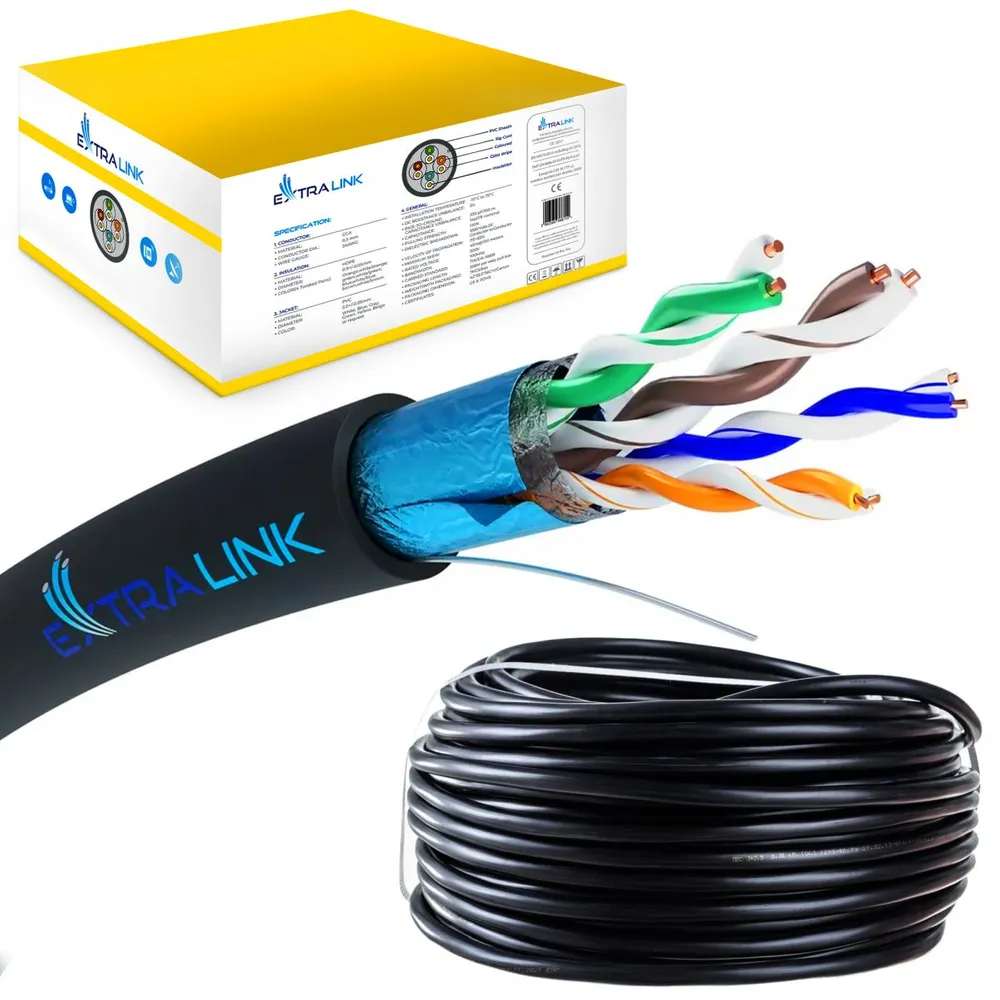
Extralink CAT5E FTP (F/UTP) V2 outdoor twisted pair network cable
198,99 zł Gross -
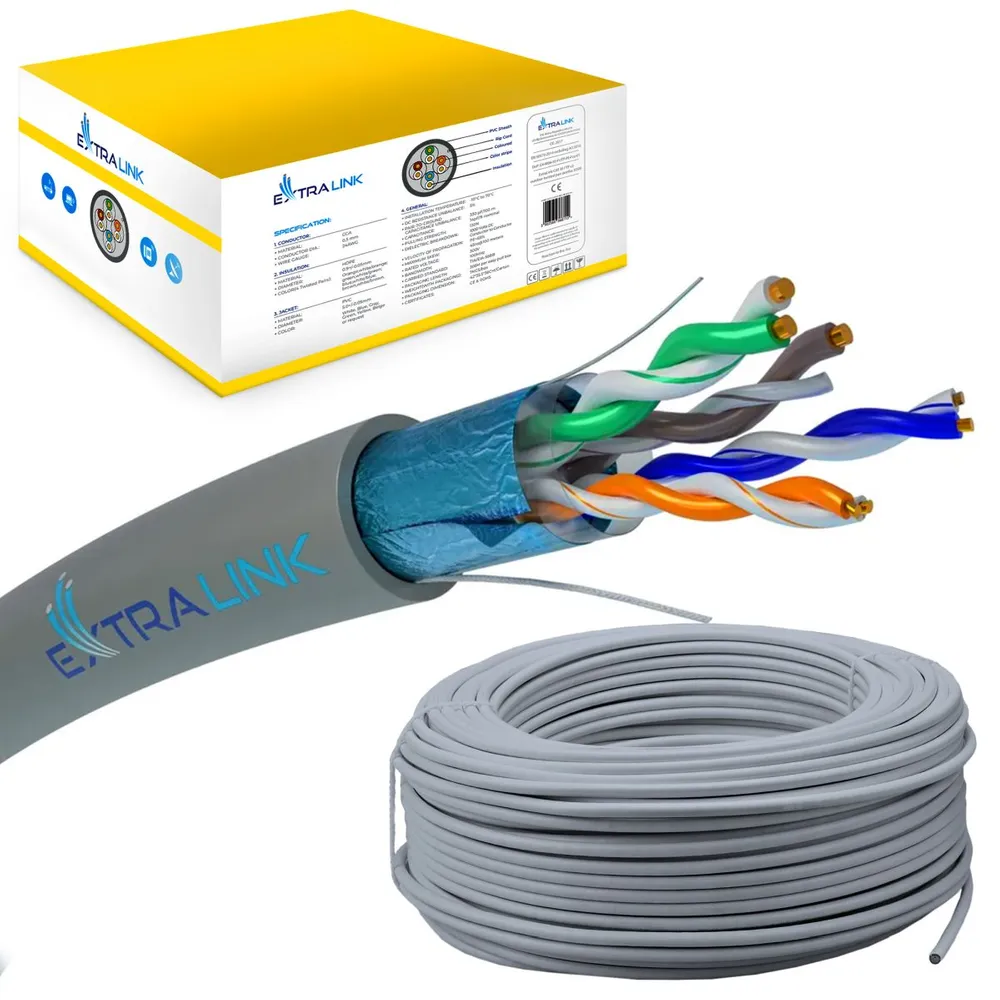
Extralink CAT5E FTP (F/UTP) indoor twisted pair network cable
333,49 zł Gross -
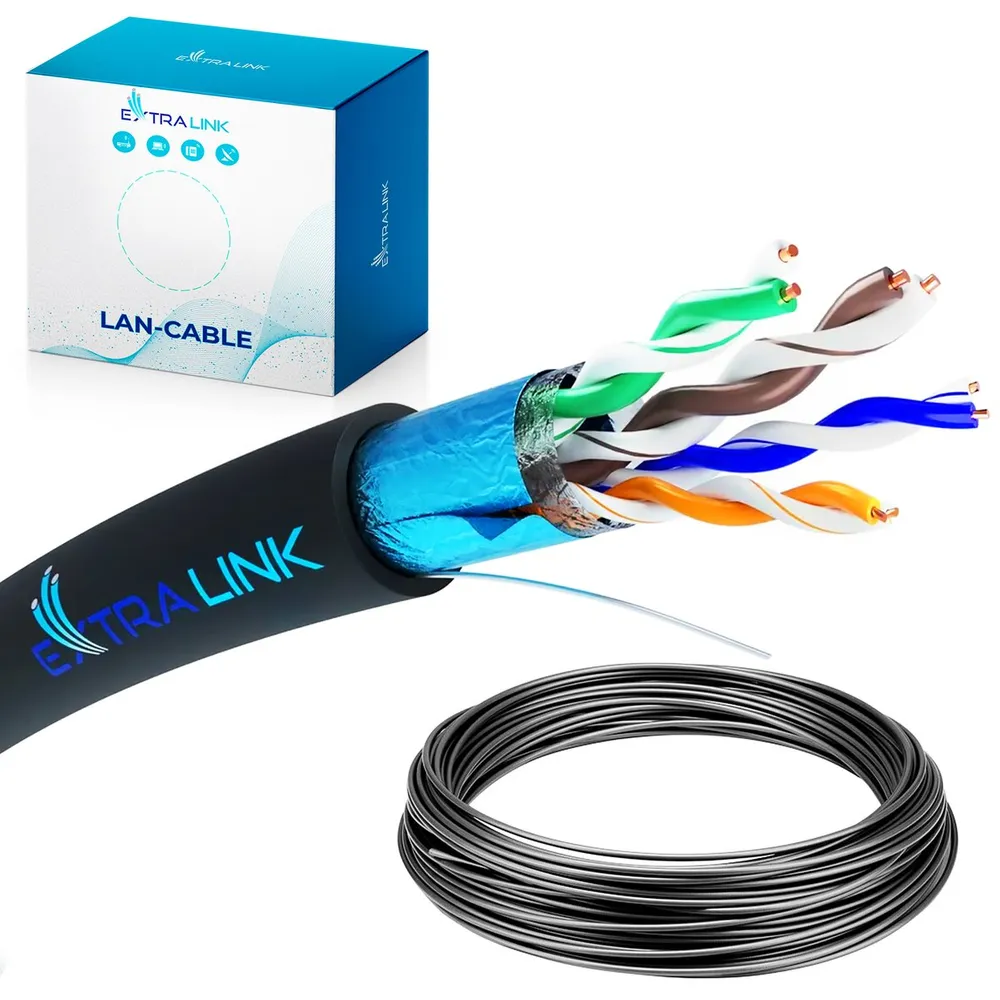
Extralink CAT5E FTP (F/UTP) outdoor twisted pair network cable
99,00 zł Gross -
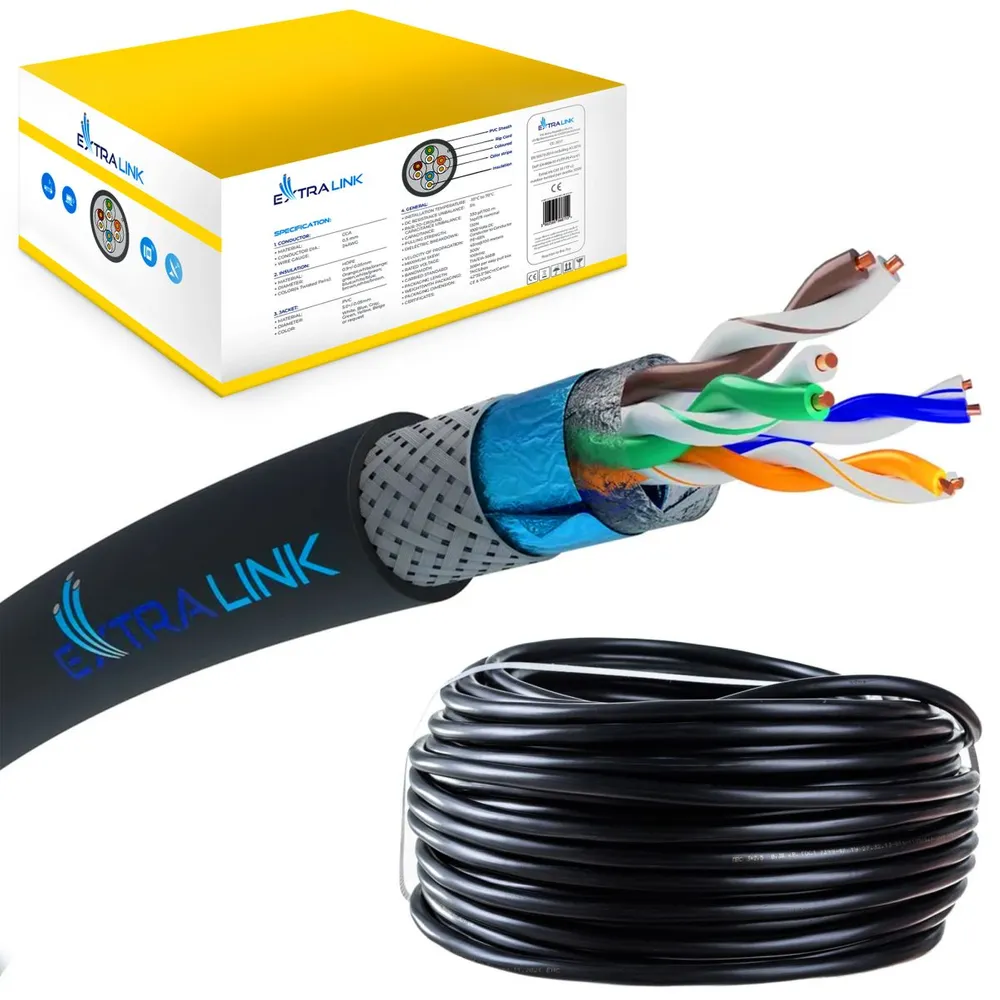
Extralink CAT5E SFTP (SF/UTP) V2 outdoor twisted pair network cable
779,00 zł Gross -
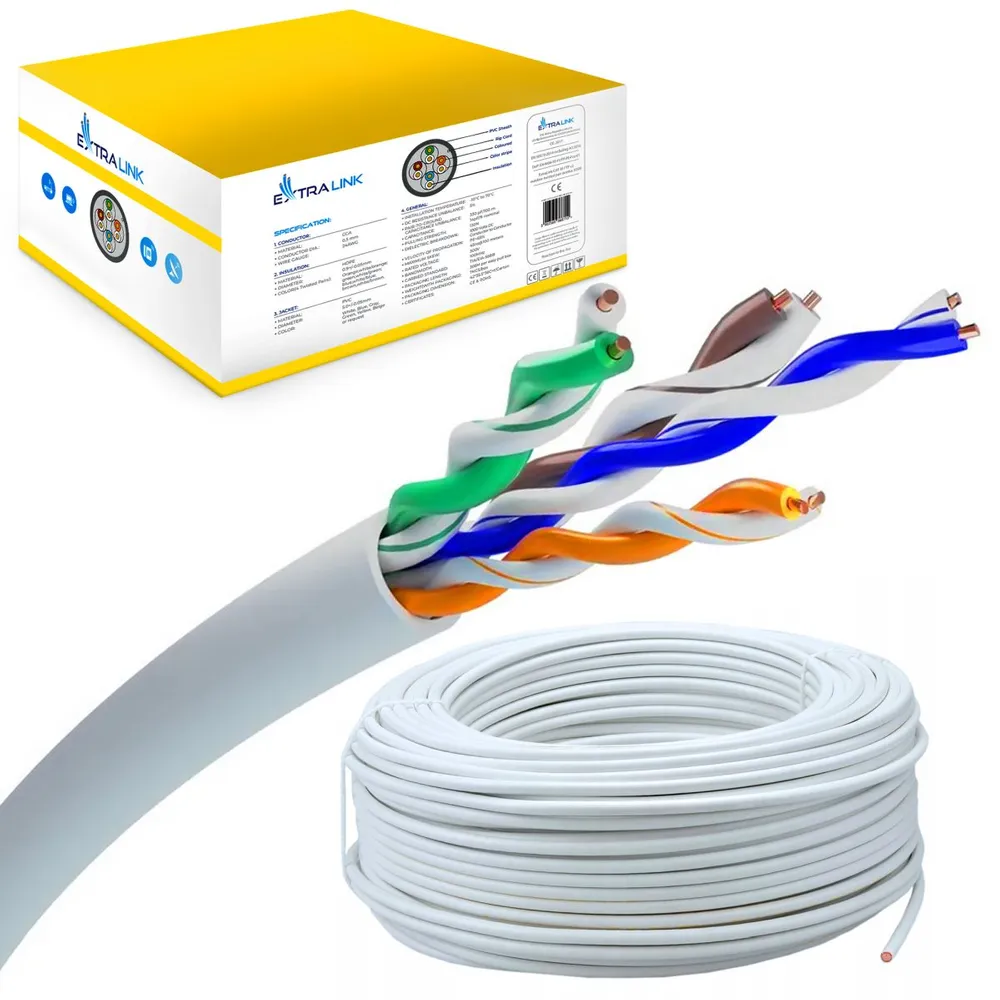
Extralink CAT5E UTP (U/UTP) V2 indoor twisted pair network cable
529,00 zł Gross -
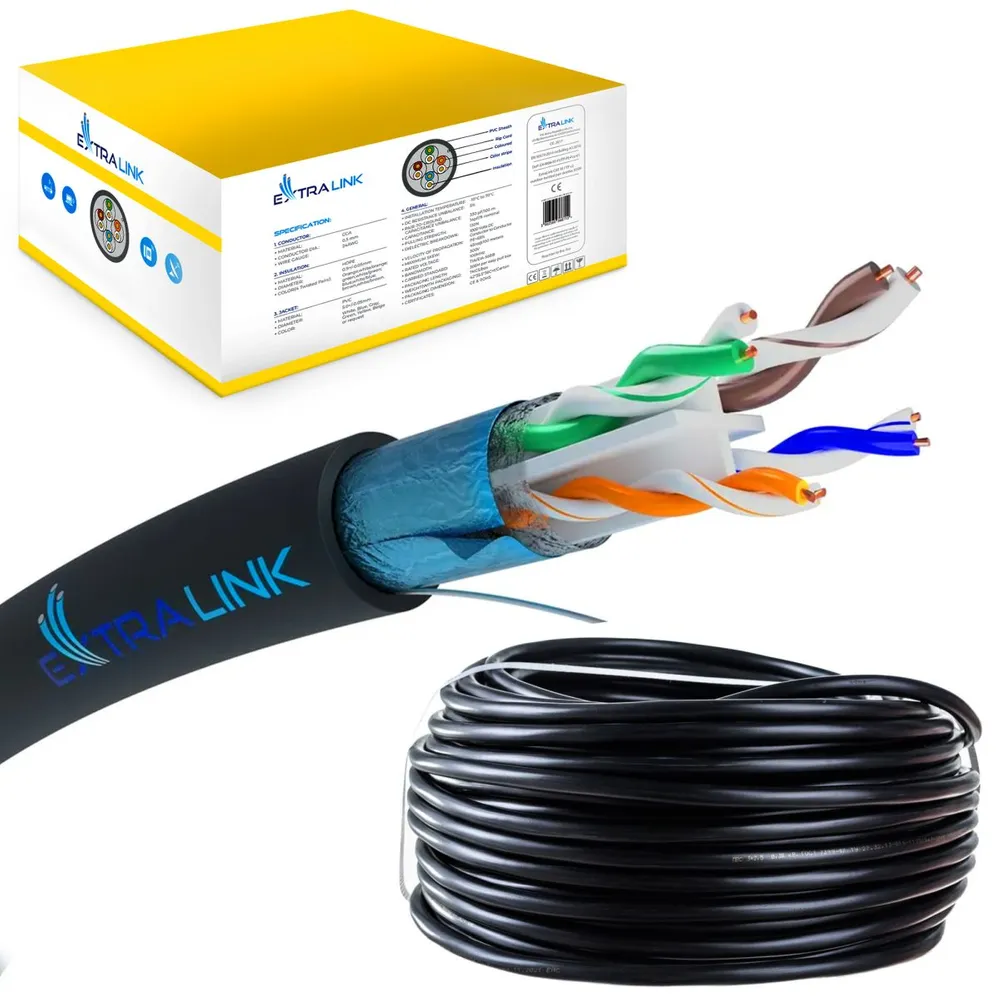
Extralink CAT6 FTP (F/UTP) V2 Zewnętrzny Kabel sieciowy skrętka
839,01 zł Gross -
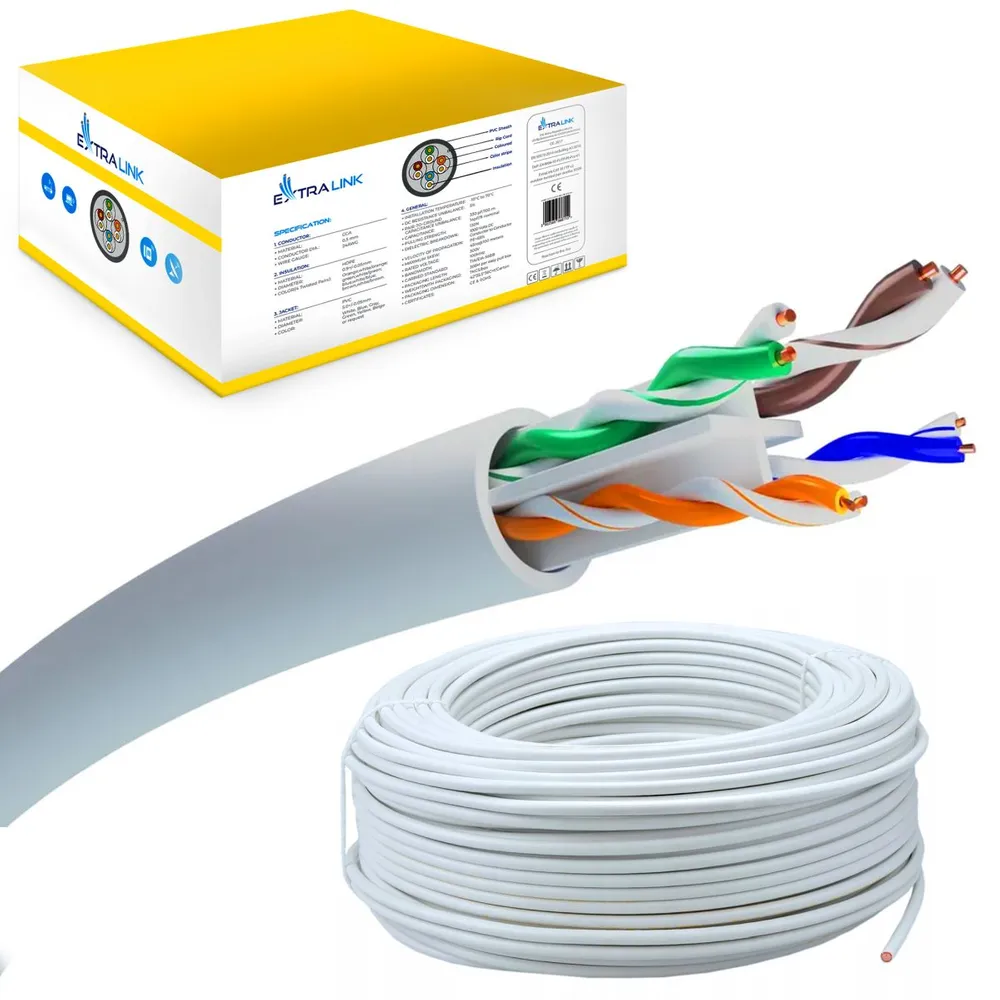
Extralink CAT6 UTP (U/UTP) V2 indoor twisted pair network cable
229,00 zł Gross -
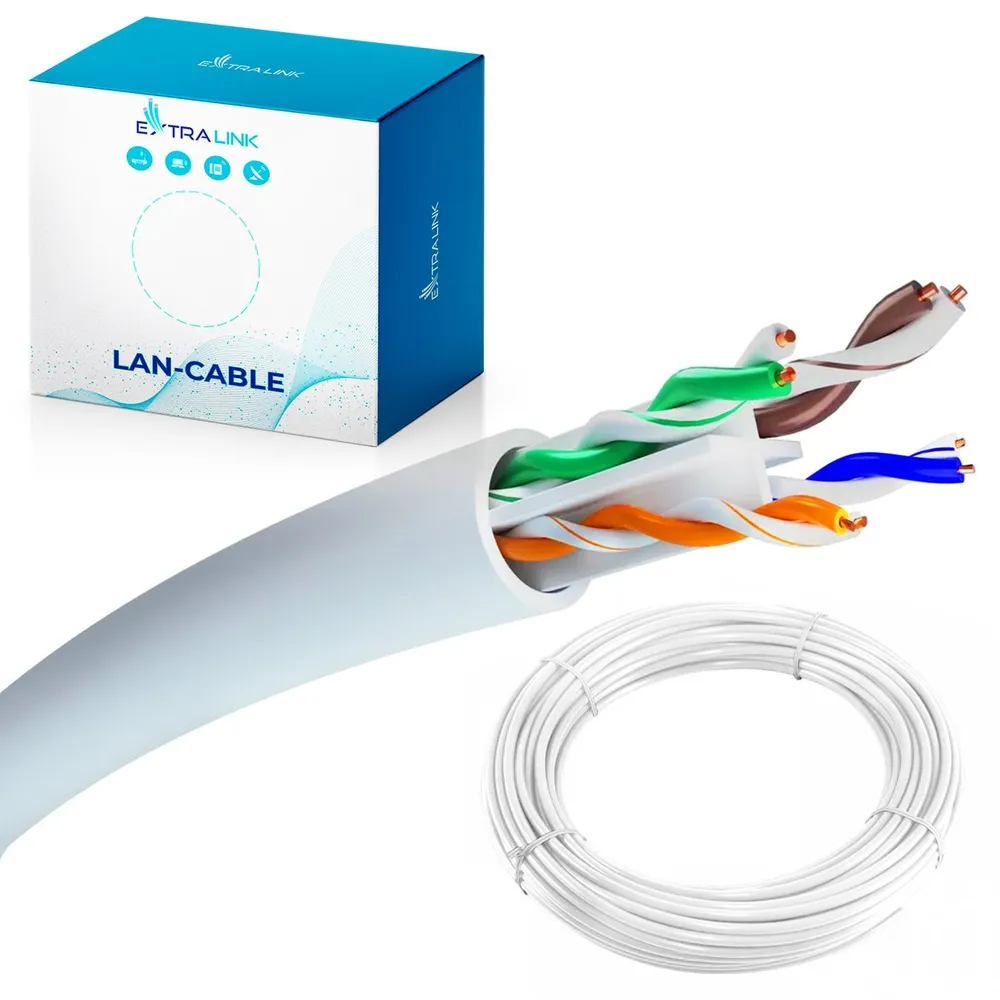
Extralink CAT6 UTP (U/UTP) indoor twisted pair network cable
109,00 zł Gross -
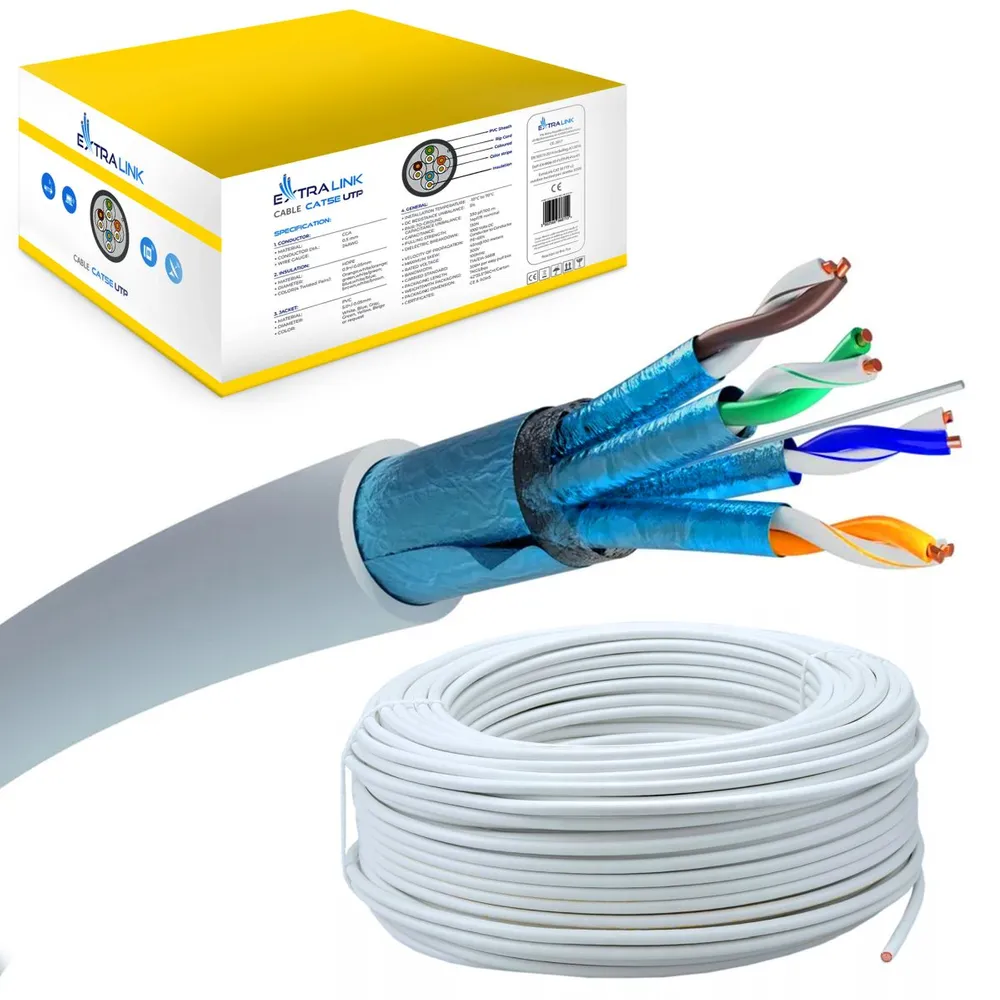
Extralink CAT6A FTP (F/FTP) V2 indoor twisted pair network cable
1700,00 zł Gross
What is a copper network cable?
Copper network cable is a type of cable used for data transmission in computer networks. It consists of several twisted pairs of copper wires that provide stable and fast connections. These cables are a key part of the network infrastructure, enabling computers, servers, routers, switches and other network devices to be connected. Copper network cables are used in both indoor and outdoor installations, providing reliable data transmission in a variety of conditions.
Copper network cable types
Copper network cables differ in terms of category and type of shielding.
- Category 5e (Cat.5e):
Cables in this category are an upgraded version of Cat.5 cables and offer higher data rates (up to 1 Gbps) and greater connection stability. They are most commonly used in standard network installations such as offices and homes.
- Category 6 (Cat.6):
Cat.6 cables provide higher data rates (up to 10 Gbps over short distances) and better protection against interference. They are ideal for more demanding network applications where higher bandwidth and stable connections are required
Types of Shielding
- Unshielded:
Cables UTP have no additional shielding, making them lighter and more flexible, but less resistant to electromagnetic interference. They are suitable for installation in low-interference environments.
- Shielded:
Cables FTP have aluminium foil shielding, which provides better protection against electromagnetic interference. They are used in environments with higher levels of interference where greater connection stability is required.
Cables S/FTP have an extra layer of shielding for maximum protection against interference. They are ideal for advanced installations requiring the highest quality connections.
How do I choose the right network cable?
Application:
- InternalFor installations in buildings where electromagnetic interference is minimal, Cat.5e FTP cables are suitable, such as Extralink Cat5e FTP F/UTP .
- External: In areas where cables are exposed to harsh weather conditions, outdoor cables such as Extralink CAT5E SFTP (SF/UTP) V2.
Interference level:
- Low interference: In environments with minimal electromagnetic interference, unshielded cables can be used, such as Extralink Cat6 UTP U/UTP internal network cable.
- High interference: In areas with high levels of interference, it is worth using shielded cables.
Transmission speed requirements:
- Standard speeds: Cat.5e cables are suitable for most standard network applications.
- Higher speeds: For more demanding applications where higher transmission speeds are required, Cat.6 cables are a better choice.
